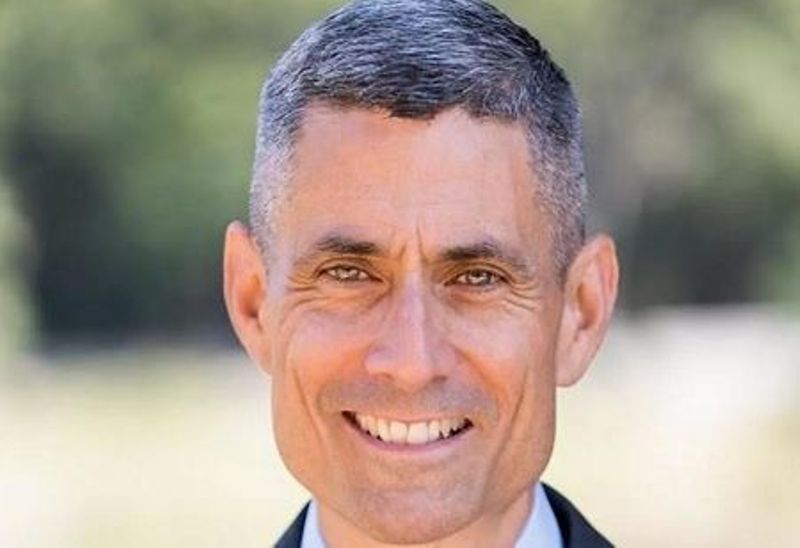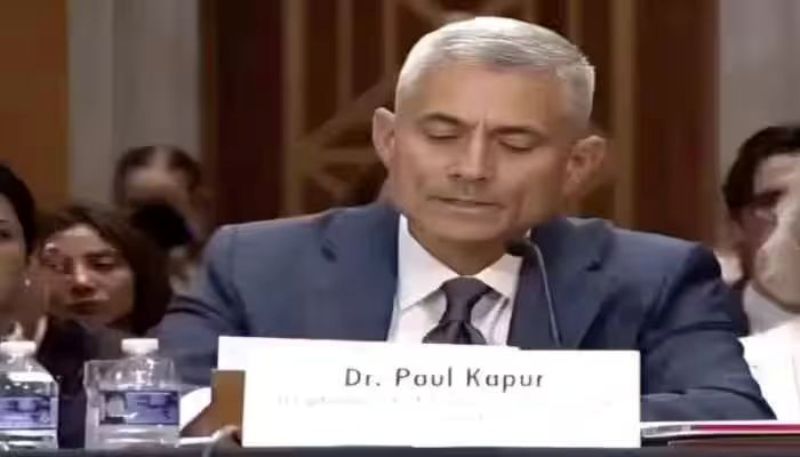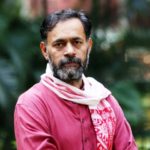Paul Kapur Biography
Quick Info→
Height: 6' 1"
Marital Status: Married
Hometown: California, United States
| Bio/Wiki | |
|---|---|
| Full Name | S. Paul Kapur |
| Profession(s) | American Scholar, Professor, Assistant Secretary of Central Asian Affairs |
| Physical Stats | |
| Height (approx.) | 6' 1" (185 cm) |
| Eye Colour | Brown |
| Hair Colour | Black |
| Personal Life | |
| Birthplace | New Delhi, India |
| Nationality | Indian |
| Hometown | California, United States |
| College/University | • Amherst College, U.S. • University of Chicago, U.S. |
| Educational Qualification | • Bachelor's degree from Amherst College • PhD from University of Chicago |
| Hobbies | Reading, Travelling |
| Relationships & More | |
| Marital Status | Married |
Some Lesser Known Facts About Paul Kapur
- He was born to an Indian father and an American mother in New Delhi. He spent childhood visits to India but largely grew up in the U.S.
- Although he is a well-known scholar, Kapur has repeatedly participated in policy and government advisory roles like U.S. State Department’s Policy Planning Staff and in addition to teaching.
- In his writings named Jihad as Grand Strategy, he argues that Pakistan’s use of Islamist militants is not just a byproduct of instability, but a deliberate component of its strategy to achieve security goals. That is often considered a strong or controversial thesis.
- From 2020–2021, he served on the U.S. State Department’s policy planning staff, dealing with South and Central Asia, Indo-Pacific strategy, and U.S.-India relations.
- He is involved in U.S.-India Track 1.5 strategic dialogues and other defense and security engagements for the U.S. department of defense.
- In February 2025, nominated by President Donald Trump to be Assistant Secretary of State for South and Central Asian Affairs.
- In his Senate confirmation and other statements, he has emphasized not only diplomatic and security ties, but also trade, technology sharing, and innovations as areas where the US-India relationship can expand to be more balanced and mutually beneficial.
- His articles show up frequently in academic journals which suggests his ideas beneath his books and policy roles.










